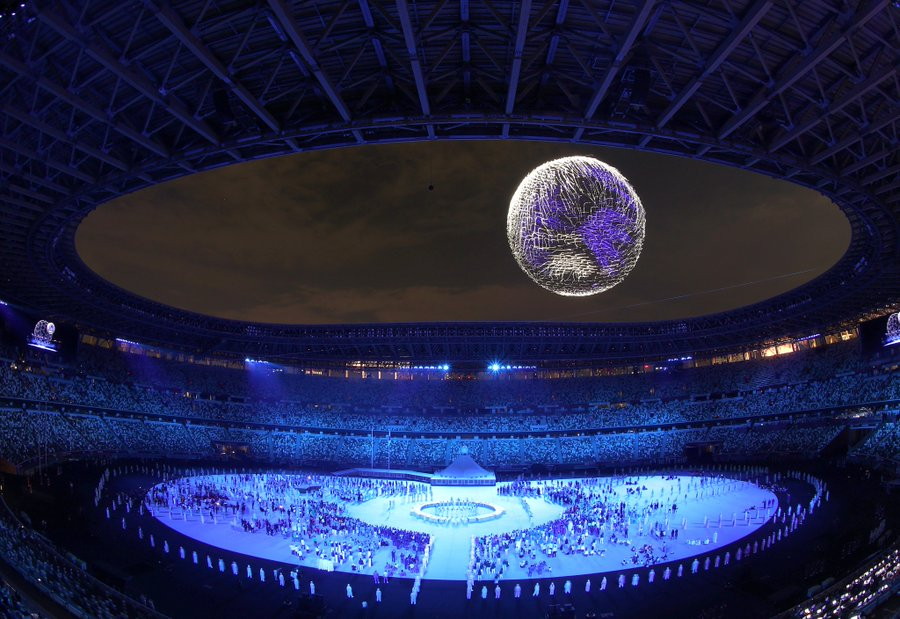
28 Jul Japan’s Hydrogen Legacy
Source: https://www.euronews.com/
The lighting of the cauldron marks not only the beginning of the Olympic Games, but also the beginning of a new society fed by a clean and sustainable energy.
In the prefecture of Fukushima, a solar array was built that generates the necessary hydrogen to feed the Olympic fire and much more.
Marie Sallois, Director for Sustainability at the International Olympic Committee, said: “With their immense reach and visibility, the Olympic Games are a great opportunity to demonstrate technologies which can help tackle today’s challenges, such as climate change,” …“Tokyo 2020’s showcasing of hydrogen is just one example of how these Games will contribute to this goal.”
Japan was the first country to adopt a hydrogen strategy. The biggest hydrogen plant in the planet so far has been built in Namie. This plant uses 10,000 KW of solar energy to generate 900 tonnes of hydrogen a year.
The Kawasaki King Skyfront Tokyu REI Hotel is the first to use hydrogen obtained from plastic waste to heat and provide hot water to its clients.
Toyota has also contributed to this energy model change. 500 hydrogen FCEV Mirai cars and 100 FCEV Sora buses are already being used as well as hydrogen fork-lifts and all of them can refuel at any of the 35 hydrogen stations in the city.
The Olympic city is the first large infrastructure that uses hydrogen as fuel source.
Tokyo 2020 President Hashimoto Seiko said: “Sport has the power to change the world and our future. This is the legacy we aim to leave for future Games.”



